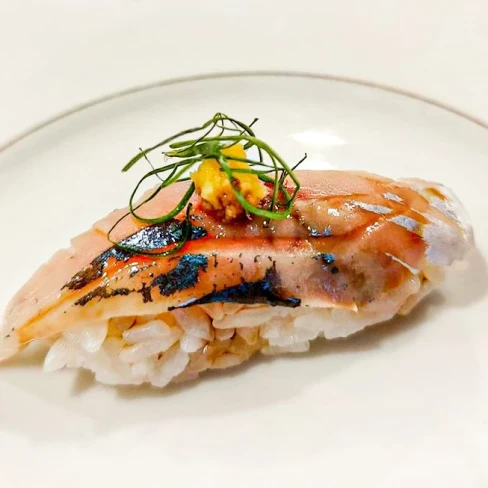Sumeshi (Seasoned Sushi Rice)
Prep Time
30m
Cook Time
25m
Total Time
55m
This Sumeshi (Seasoned Sushi Rice) recipe uses unseasoned rice vinegar, sugar, salt, kombu, and short-grain sushi rice to create the perfect base for your homemade sushi. With just a few simple ingredients, you can make delicious seasoned sushi rice to elevate your sushi-making experience.
Ingredients
Steps
Nutrition Facts
Ingredients
(Servings:
4)
Scale
Scale
Steps
View steps on seriouseats.com or by saving the recipe to your
personal library.
Register for free to start
saving recipes.
Nutrition Facts
Nutrition facts are based on 1 serving. If servings is not specified, 6 is assumed for the total
recipe.
-
Calories136kcal6%
-
Fat0g0%
-
Saturated Fat0g0%
-
Carbohydrates31g1%
-
Fiber0g0%
-
Sugar8g0%
-
Protein1g0%
-
Cholesterol0mg0%
-
Sodium538mg26%
Percent Daily Values are based on a 2,000 calorie diet.
